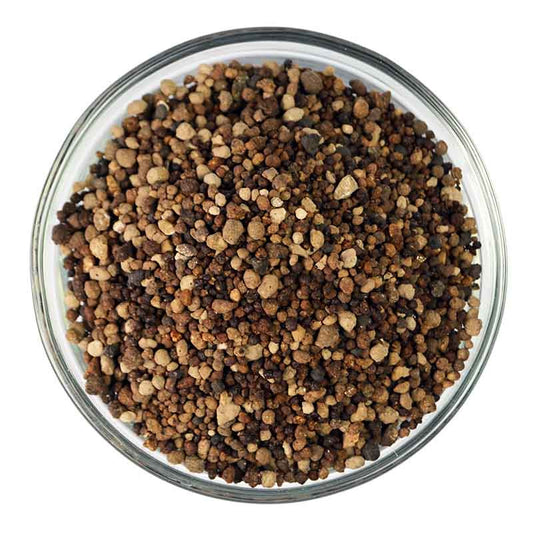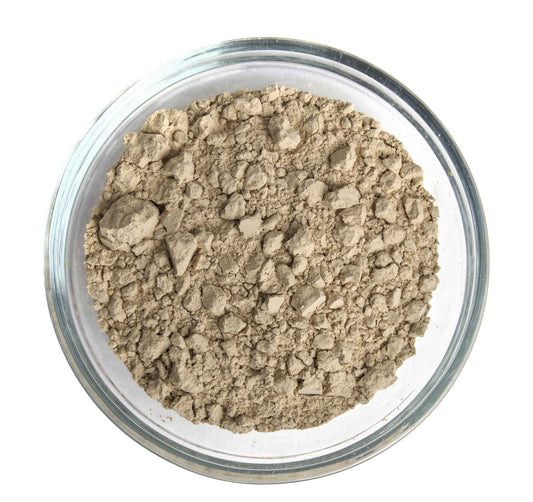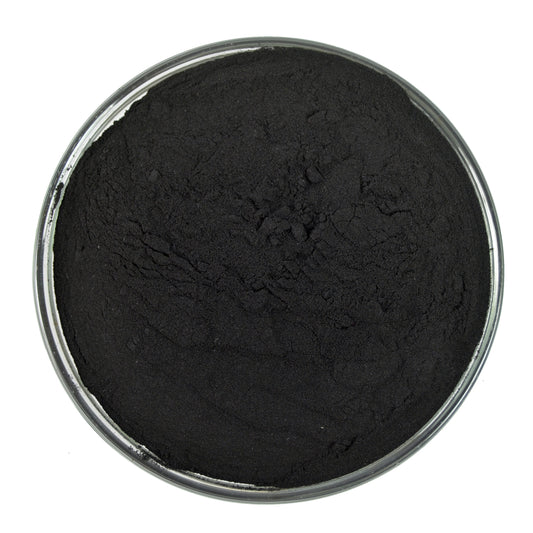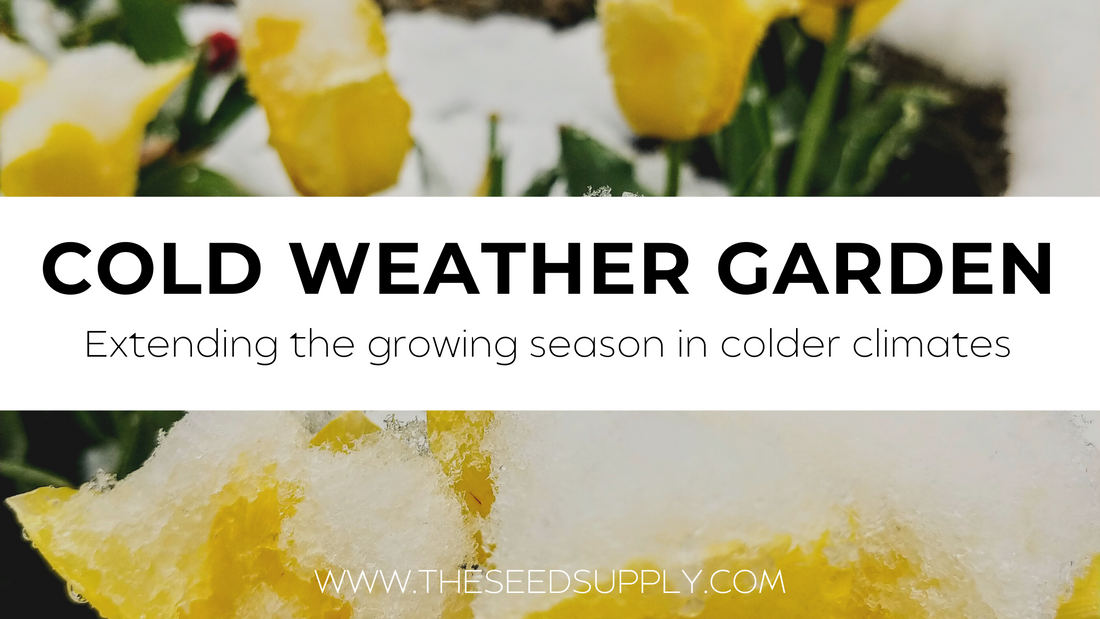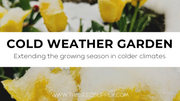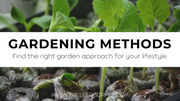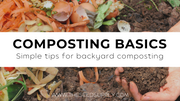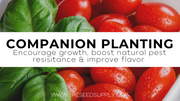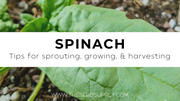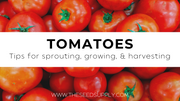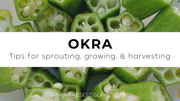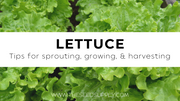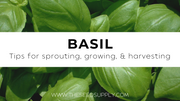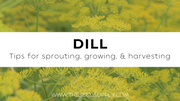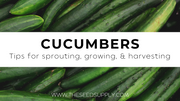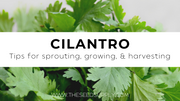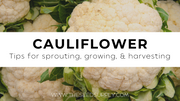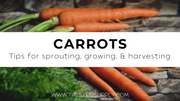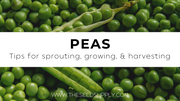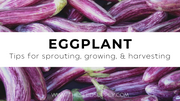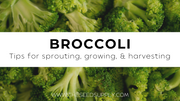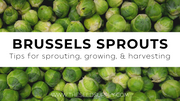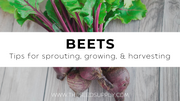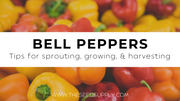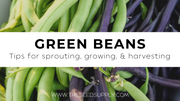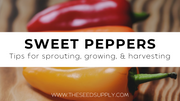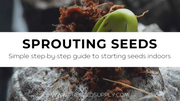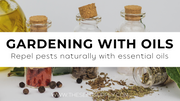Extending the growing season in colder climates can be challenging, but there are several tricks you can employ to make the most of your gardening efforts. Here are some effective strategies:
-
Use cold frames: Cold frames are simple structures with transparent tops that capture solar energy and create a microclimate for plants. They act as miniature greenhouses, providing protection from frost and cold temperatures. You can start seeds earlier in the spring or grow cold-tolerant crops well into the fall using cold frames.
-
Install row covers: Row covers are lightweight fabrics that can be draped over plants to create a protective barrier. They help retain heat and provide some insulation, extending the growing season by a few weeks. Row covers come in various thicknesses, so choose the appropriate one for the level of cold protection required.
-

Build a greenhouse: A greenhouse is a more substantial structure that offers greater control over the growing environment. It provides insulation, traps heat, and protects plants from extreme temperatures. With a greenhouse, you can start plants earlier in the season and grow crops that wouldn't typically survive in your climate.
-
Try container gardening: Container gardening allows for more flexibility as you can move the containers indoors or to a sheltered area when temperatures drop. This way, you can protect your plants from frost and extend the growing season by bringing them inside during colder nights.
-
Use mulch: Applying a layer of mulch around your plants helps insulate the soil, regulate temperature, and retain moisture. Mulch can prevent rapid temperature fluctuations, keeping the soil warmer for a longer period. Organic mulches like straw or leaves work well in cold climates.
-
Take advantage of heat-absorbing materials: Utilize heat-absorbing materials such as rocks, bricks, or containers filled with water. These materials absorb heat during the day and release it at night, providing some thermal mass that can protect plants from frost and extend the growing season.
-
Select cold-tolerant varieties: Choose plant varieties that are specifically bred or known to tolerate colder temperatures. These cold-hardy varieties can withstand colder conditions and continue growing even when the weather gets chilly.
-

Start seeds indoors: Begin your gardening season by starting seeds indoors. By giving your plants a head start, you can transplant them into the garden once the risk of frost has passed, effectively lengthening the growing season.
-
Plant in raised beds: Raised beds tend to warm up more quickly in the spring as the soil drains and warms faster. The elevated position can provide a few additional weeks of growth at the start and end of the season.
-
Optimize sunlight exposure: Make sure to position your plants in areas that receive maximum sunlight. Trim back any overhanging branches or structures that may cast shadows and block sunlight, as this can hinder plant growth and reduce the effective growing season.
By combining these techniques, you can successfully extend the growing season in colder climates and enjoy a longer harvest from your garden. Experimenting and adapting these methods to your specific climate will help you find the best strategies for your gardening needs.

